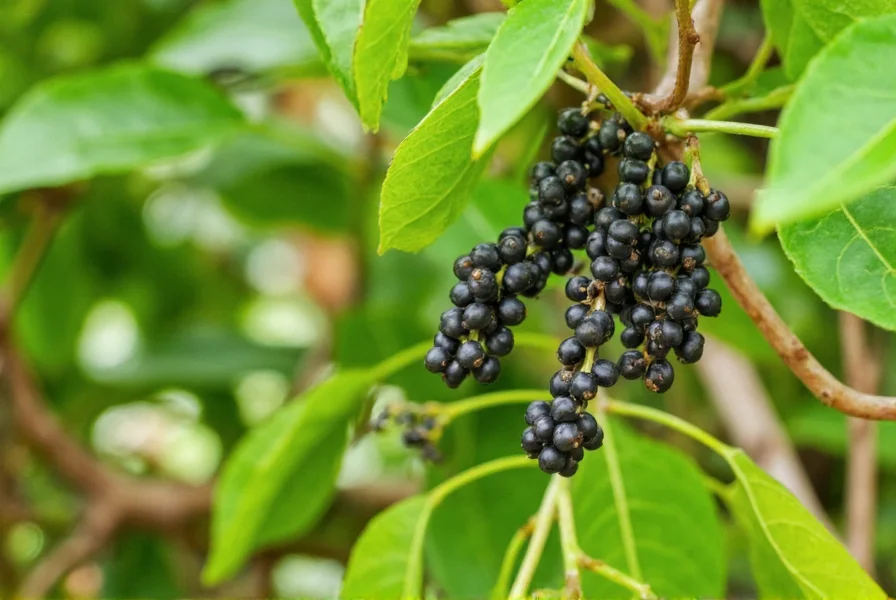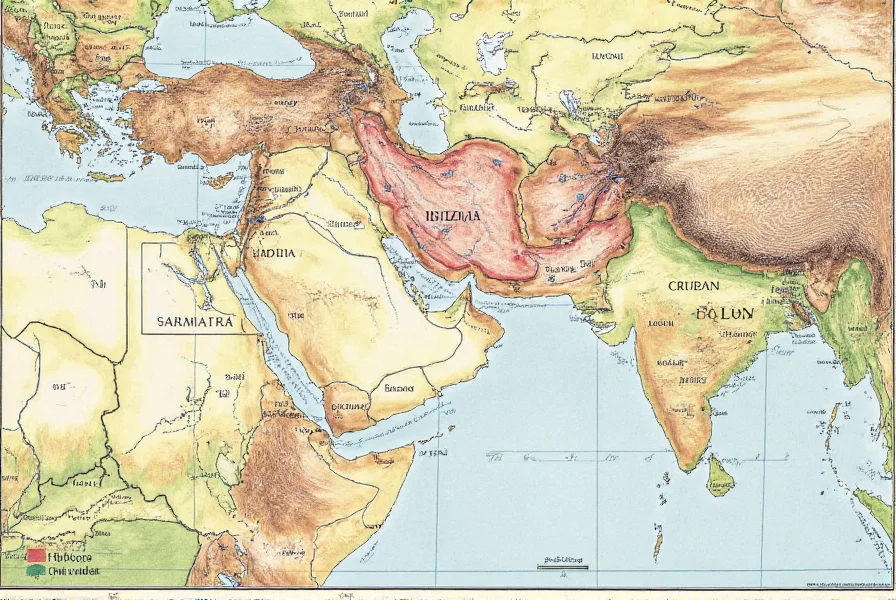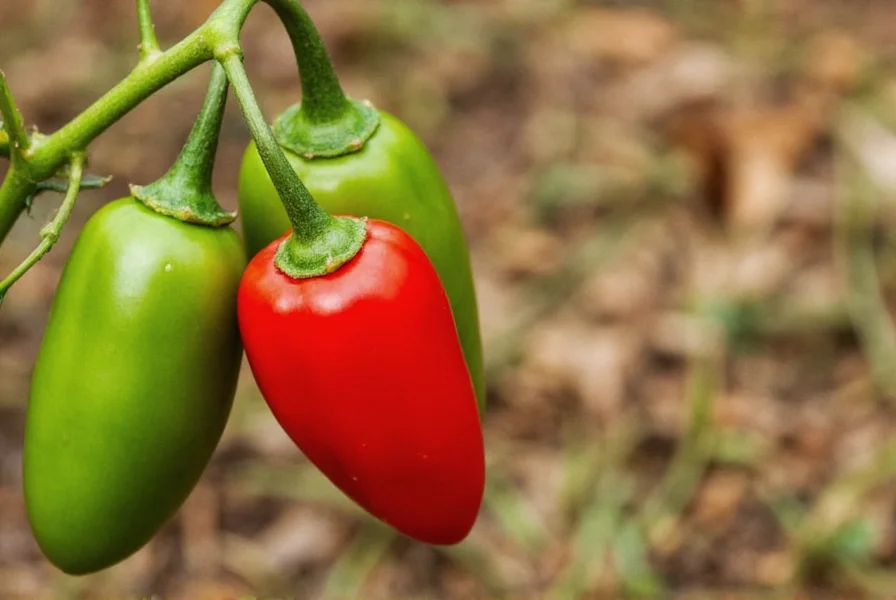When most people ask where does pepper originate from, they're typically referring to black pepper—the world's most traded spice—not chili peppers. This distinction is crucial because black pepper (Piper nigrum) and chili peppers (Capsicum species) have completely different origins, histories, and botanical classifications. Understanding the historical origin of pepper reveals how this humble spice shaped global trade, exploration, and even geopolitical landscapes.
The Ancient Roots of Black Pepper
Archaeological evidence confirms that black pepper cultivation began in India's Western Ghats mountain range around 2000 BCE. Ancient Indian texts like the Sushruta Samhita (600 BCE) documented its medicinal uses, while Greek and Roman traders established regular commerce with Indian ports by the 1st century CE. The Malabar Coast became synonymous with high-quality pepper, with Roman historian Pliny the Elder complaining about the empire's massive gold outflow to India specifically for this precious spice.
Pepper's botanical name Piper nigrum reflects its journey to Europe. The Sanskrit word "pippali" (referring to long pepper, a related species) evolved into the Greek "peperi" and Latin "piper," eventually becoming "pepper" in English. This linguistic evolution mirrors how pepper spread globally through ancient trade networks.
Pepper Trade Routes Through History
The quest for direct access to pepper plant native region resources drove major historical developments:
| Era | Trade Route | Key Developments |
|---|---|---|
| Ancient (500 BCE-500 CE) | Maritime routes from Malabar Coast to Roman Empire | Pepper valued as highly as gold; used as currency and medicine |
| Medieval (500-1500 CE) | Arab-controlled overland routes to Venice and Genoa | Pepper became status symbol; "peppercorn rent" entered legal terminology |
| Age of Exploration (1498+) | Vasco da Gama's sea route to Calicut, India | Portuguese broke Arab monopoly; triggered European colonial expansion |
During medieval Europe, pepper's value was extraordinary—merchants sometimes used peppercorns as collateral, and nobles kept pepper in locked chests. The Dutch and British East India Companies later fought wars specifically to control pepper cultivation history and trade in the Moluccas and Kerala.
Chili Peppers: A Different Origin Story
When discussing where does pepper originate from, many confuse black pepper with chili peppers. This common misconception stems from Christopher Columbus's 1493 mistake—he called New World chilies "peppers" because their pungency reminded him of Indian black pepper.
Chili peppers (Capsicum species) actually originate from Mesoamerica, with archaeological evidence showing domestication in Mexico around 6000 BCE. Unlike black pepper's single origin point, chili varieties developed across Central and South America. When Spanish conquistadors brought chilies to Europe, they rapidly spread through Asia via Portuguese traders, eventually becoming integral to cuisines from Thailand to India—despite pepper's true native region being entirely separate.
Modern Pepper Production
While India remains a major producer, Vietnam now dominates global black pepper markets, accounting for approximately 34% of worldwide production. The ideal growing conditions—tropical climate, consistent rainfall, and well-drained soil—have enabled cultivation across Southeast Asia, with Indonesia, Brazil, and Malaysia completing the top five producers.
Traditional Kerala cultivation methods still produce some of the world's most prized peppercorns, particularly the Tellicherry variety named after the historic Malabar port. These large, mature berries undergo sun-drying that develops complex flavor notes absent in mechanically processed peppers—a testament to the spice trade history that began millennia ago on these same shores.
Cultural Legacy of the World's Oldest Spice
Pepper's influence extends far beyond cuisine. In ancient Rome, it featured in nearly every recipe in Apicius, the world's oldest surviving cookbook. During the Middle Ages, European monasteries maintained pepper stores as valuable assets. The search for direct access to pepper's native region literally reshaped world maps—Vasco da Gama's 1498 voyage to Calicut established the sea route that eventually led to European colonialism in Asia.
Today, scientists study piperine—the compound giving black pepper its heat—for potential health benefits including enhanced nutrient absorption and anti-inflammatory properties. This modern research continues a tradition stretching back to Ayurvedic medicine, demonstrating how the historical origin of pepper continues to influence contemporary science.

The next time you reach for the pepper mill, consider that you're participating in a 4,000-year-old tradition connecting modern kitchens with ancient Indian spice gardens. Understanding where black pepper originates from reveals how a single plant shaped human history in ways few other commodities have managed.

Where does black pepper originally come from?
Black pepper (Piper nigrum) originates from the Malabar Coast in southwestern India, specifically the region now known as Kerala. Archaeological evidence shows cultivation began here around 2000 BCE, making it one of the world's oldest cultivated spices.
Is black pepper the same as chili pepper?
No, black pepper and chili peppers are completely different plants. Black pepper (Piper nigrum) comes from India and belongs to the Piperaceae family, while chili peppers (Capsicum species) originate from the Americas and belong to the nightshade family. Christopher Columbus mistakenly called chilies "peppers" due to their similar pungency.
Why was pepper so valuable in ancient times?
Pepper was extremely valuable because it grew only in a limited region of India, was difficult to transport over long distances, had exceptional preservative qualities, and was highly prized for both culinary and medicinal purposes. In medieval Europe, it was sometimes used as currency and accepted as collateral for loans.
How did pepper spread from India to the rest of the world?
Pepper spread through ancient maritime trade routes established by Phoenician, Greek, and Roman merchants who sailed to India's Malabar Coast. Arab traders later controlled overland routes to Europe until Vasco da Gama established a direct sea route to India in 1498, which triggered European colonial expansion specifically to control the spice trade.
Which country produces the most pepper today?
Vietnam is currently the world's largest producer of black pepper, accounting for approximately 34% of global production. Other major producers include Indonesia, India, Brazil, and Malaysia. While India remains a significant producer, it no longer dominates the market as it did historically.
Frequently Asked Questions
Where does black pepper originally come from?
Black pepper (Piper nigrum) originates from the Malabar Coast in southwestern India, specifically the region now known as Kerala. Archaeological evidence shows cultivation began here around 2000 BCE, making it one of the world's oldest cultivated spices.
Is black pepper the same as chili pepper?
No, black pepper and chili peppers are completely different plants. Black pepper (Piper nigrum) comes from India and belongs to the Piperaceae family, while chili peppers (Capsicum species) originate from the Americas and belong to the nightshade family. Christopher Columbus mistakenly called chilies "peppers" due to their similar pungency.
Why was pepper so valuable in ancient times?
Pepper was extremely valuable because it grew only in a limited region of India, was difficult to transport over long distances, had exceptional preservative qualities, and was highly prized for both culinary and medicinal purposes. In medieval Europe, it was sometimes used as currency and accepted as collateral for loans.
How did pepper spread from India to the rest of the world?
Pepper spread through ancient maritime trade routes established by Phoenician, Greek, and Roman merchants who sailed to India's Malabar Coast. Arab traders later controlled overland routes to Europe until Vasco da Gama established a direct sea route to India in 1498, which triggered European colonial expansion specifically to control the spice trade.
Which country produces the most pepper today?
Vietnam is currently the world's largest producer of black pepper, accounting for approximately 34% of global production. Other major producers include Indonesia, India, Brazil, and Malaysia. While India remains a significant producer, it no longer dominates the market as it did historically.











 浙公网安备
33010002000092号
浙公网安备
33010002000092号 浙B2-20120091-4
浙B2-20120091-4